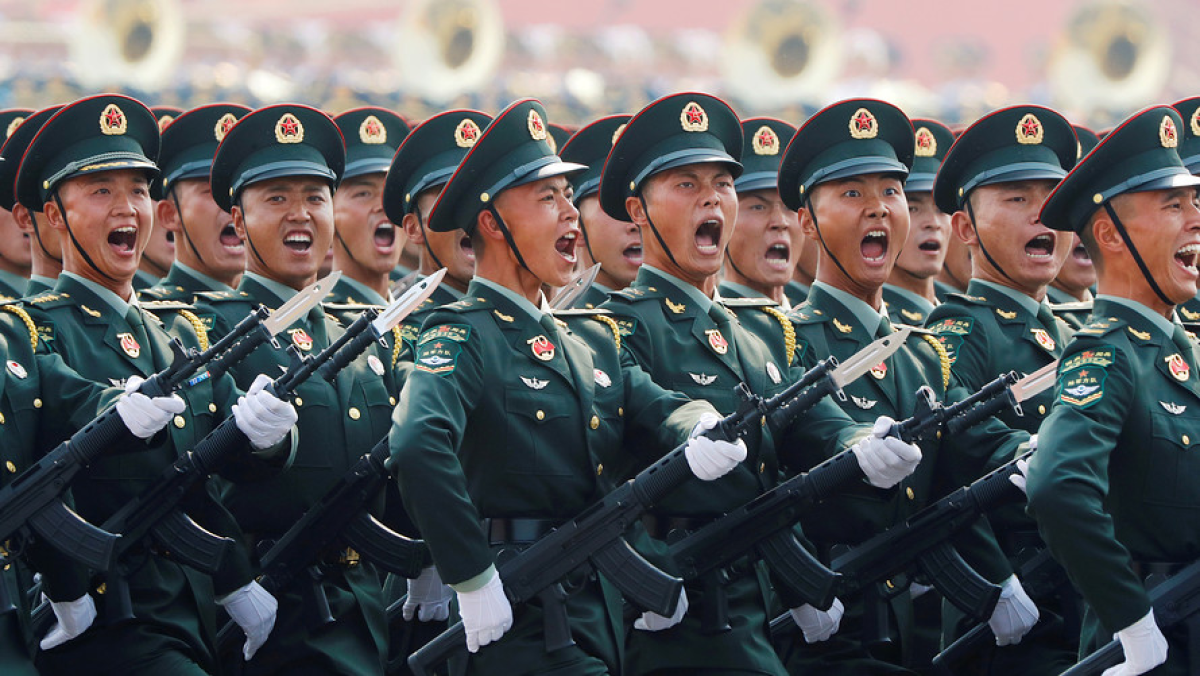On October 1st 1949 Chairman Mao Zedong proclaimed the founding of the People’s Republic of China from atop Beijing’s Gate of Heavenly Peace (Tian’anmen Gate).
This marked the end of a bitter civil war between the Chinese government and the Chinese Communist Party under the leadership of Mao.
In December 1949, the Chinese Government passed the Resolution on the National Day of the People’s Republic of China, declaring that October 1st is the National Day of China.
From 1950 – 1959, grand rallies and massive military parades were held to mark the National Day.
In 1960, the Central Committee of the Communist Party of China (CPC) and the State Council decided to simplify the celebration, according to the principle of building up the country through hard work and frugality.
From 1960 until 1970, mass rallies were still held in Tian’anmen Square, though military parades were cancelled.
From 1971 to 1983, visiting parks and other galas replaced mass rallies and military parades.
Grand celebrations have been rarely held since then, except for the mass rallies and military parades in 1984 and 1999 to commemorate the 35th anniversary and 50th anniversary of the founding of the PRC.
Most people believe that countries’ national days are of crucial cultural importance, acting as symbols of independent states and reflecting a country’s government system.
